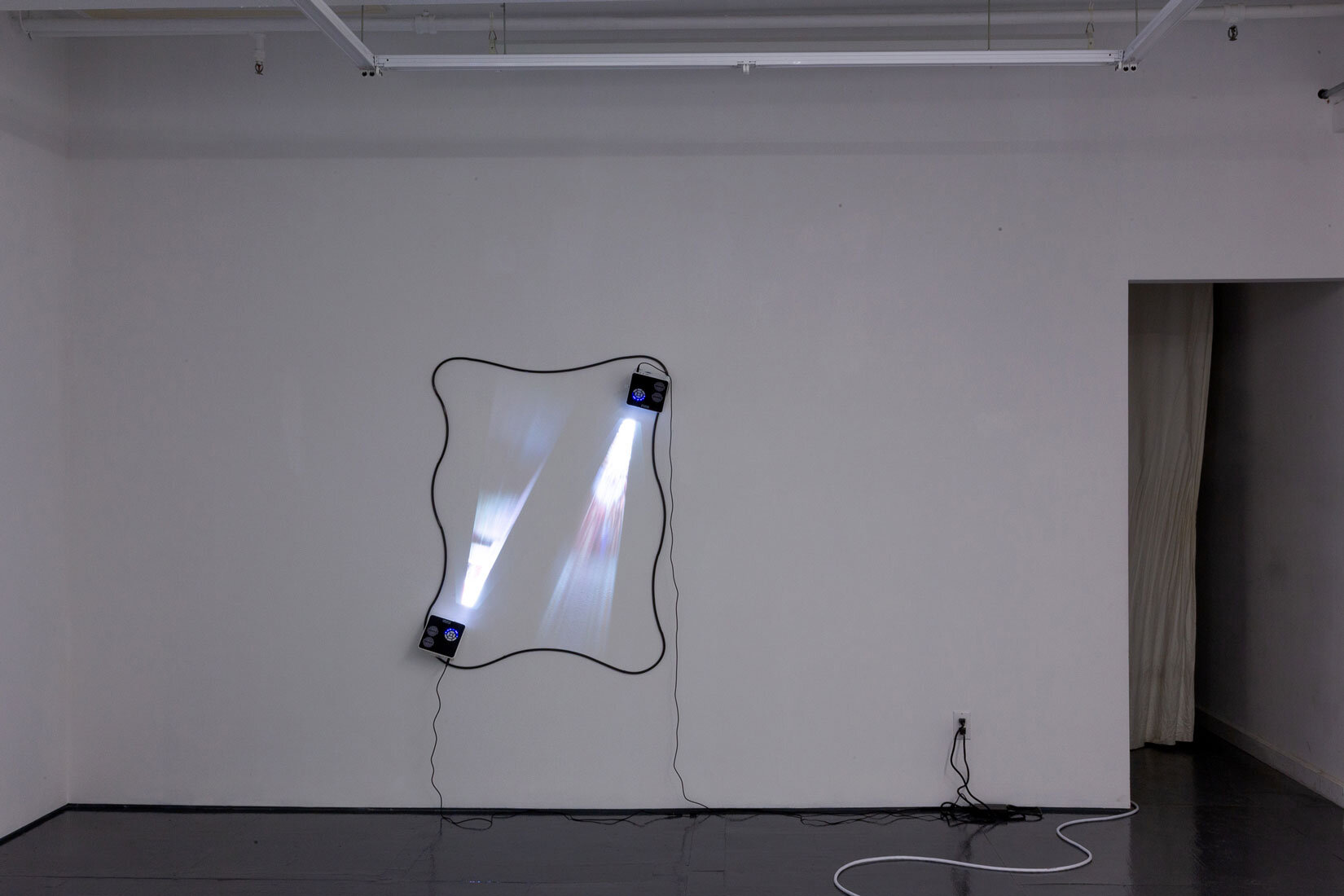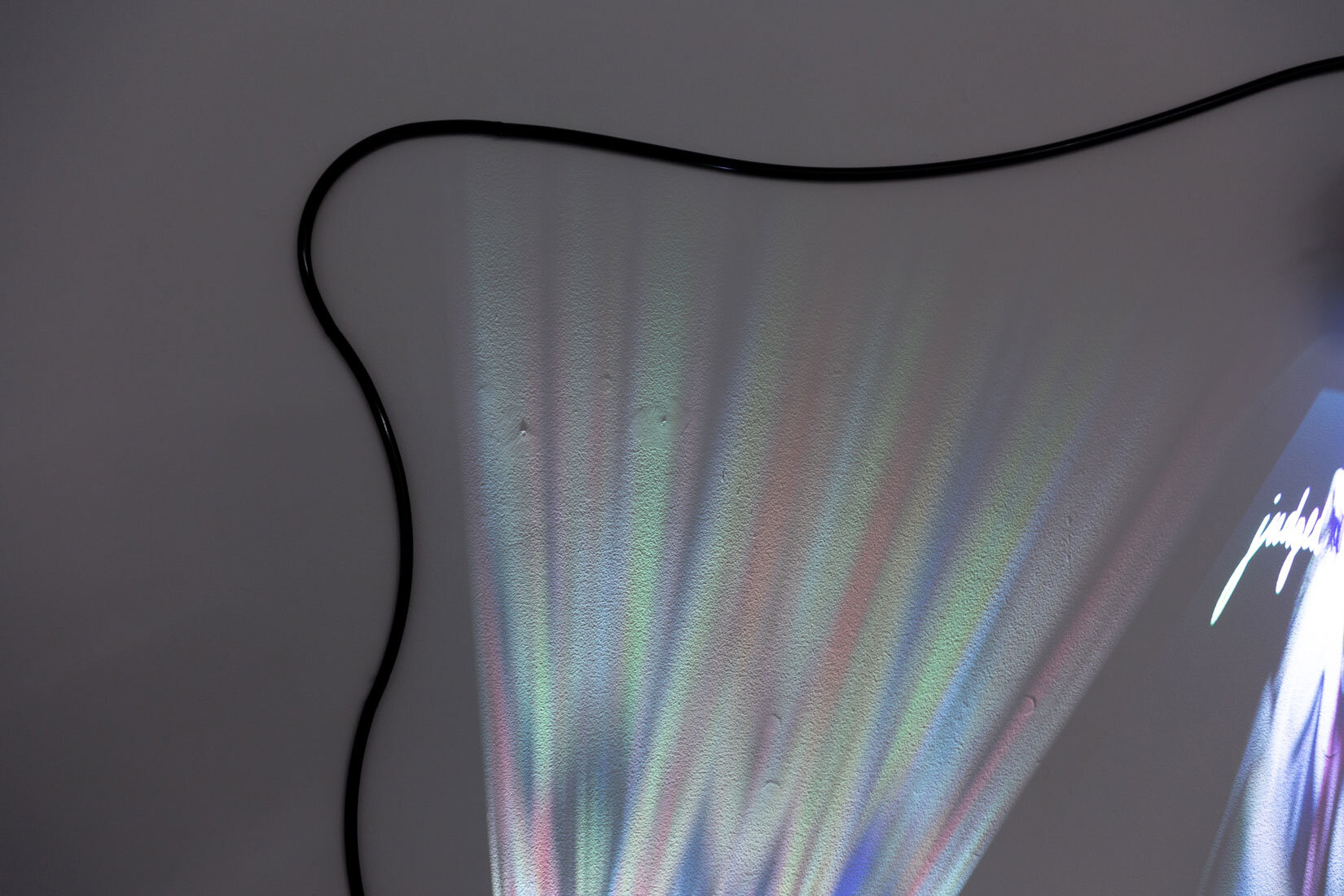All that memory can retain
Recent Work by Andrea Monti
FEBRUARY 19 – MARCH 28, 2021
“The neat ruins of the war lie like a boring scar, whose history is all of the repetitive future, and all that memory can retain.” — Elizabeth Smart
Transmitter is pleased to present a solo exhibition of new works by Italian-born, Brooklyn-based artist Andrea Monti. All that memory can retain explores the manner in which visual recollections are shaped by the inherent legacy imbedded in images and the resulting conflicts and contradictions born of that history.
In four compositions, Polaroid photographs situated within UV-printed mat board photographs, Monti employs iconic, readily identifiable historical imagery, such as the bust of the Roman poet Horace or the use of the classic title card from Merrie Melodies cartoons to serve as the setting over which more recent recollections are layered through an arrangement of instant photos. The Polaroids allude to the selective way that we choose to recall emotions, events, and narratives—ultimately serving as non-sequiturs to the underlying legacy of images—which are imprinted with a history of corruption, greed, and bloodshed. By seamlessly contrasting the opaque Polaroids against transparent negative UV prints, Monti suggests the emotional optimism in the moment when one peels back the positive Polaroid photo from its negative impression.
In a steel and video projection work entitled “Fresco,” Monti satirizes the conversation painters are obligated to have with the powerful, well-established canons that cast a long shadow over the medium itself. The work, a dueling video slideshow kaleidoscope of Italian Renaissance paintings beamed from projectors attached to the frame itself, makes reference to a passage in Giorgio Vasari’s “The Lives of the Artists” in which Vasari outlines the qualities necessary for a painting to be deemed “good.” By using images sourced from discarded 35mm slides that are often faded and flipped, Monti disregards Vasari’s call for verisimilitude, which during his own lifetime favored a pre-trompe l’oeil realism (which is, ironically, the fashion of the moment). At the same time, through the calibration and sequencing of these images, and the manner of transmission, the work paradoxically satisfies all the tenets laid out by Vasari, becoming a “good”
painting without the use of pigments or the conventional substrate.
“Thales’ Cord” is titled after the Greek astrologist and philosopher Thales of Miletus, who, according to legend, fell into a well while looking at the stars. The piece consists of a white electrical cord with the printed words “watch the cord” on its side. The cord snakes across and around the gallery floor, serving as a critique of the orthodox adherence to the precept of being “grounded,” a legacy that has made the gallery setting increasingly hostile to expression. Electrical cords are obliged to be hidden and unseen at all times. As opposed to cords attached to monitors, the white cord is permitted to run freely by having been bestowed the rarified status of “sculpture.”
Andrea Monti is an Italian artist working with installation, video, performance, and photography. His work engages with formal and conceptual concerns while commenting on socio-economic phenomena, often with humor, and with recurrent allusions to pop culture. Monti is co-founder and co-director of Microscope Gallery in Brooklyn, New York. He was born in Lucca, Italy, and lives and works in Brooklyn, New York.






















